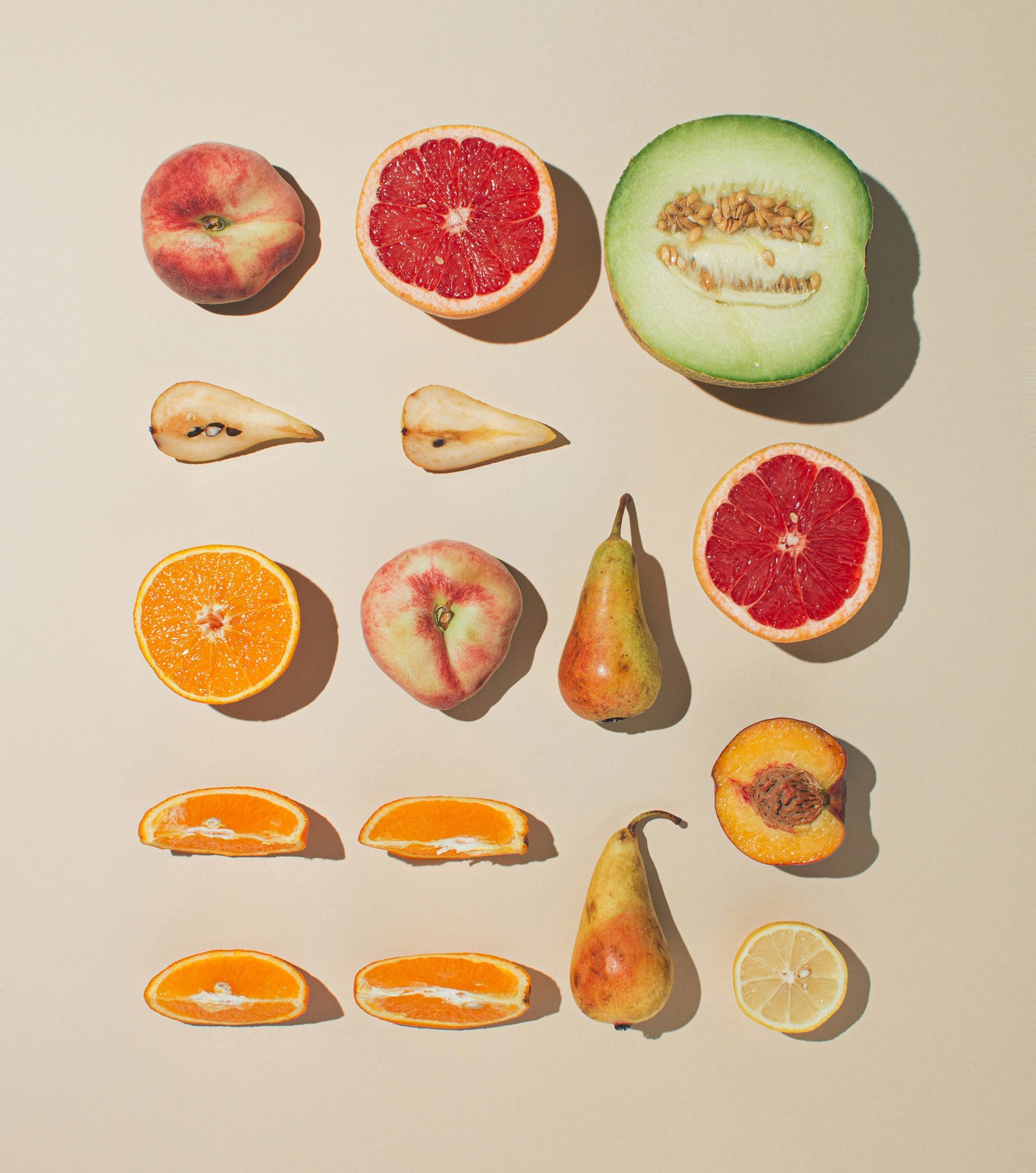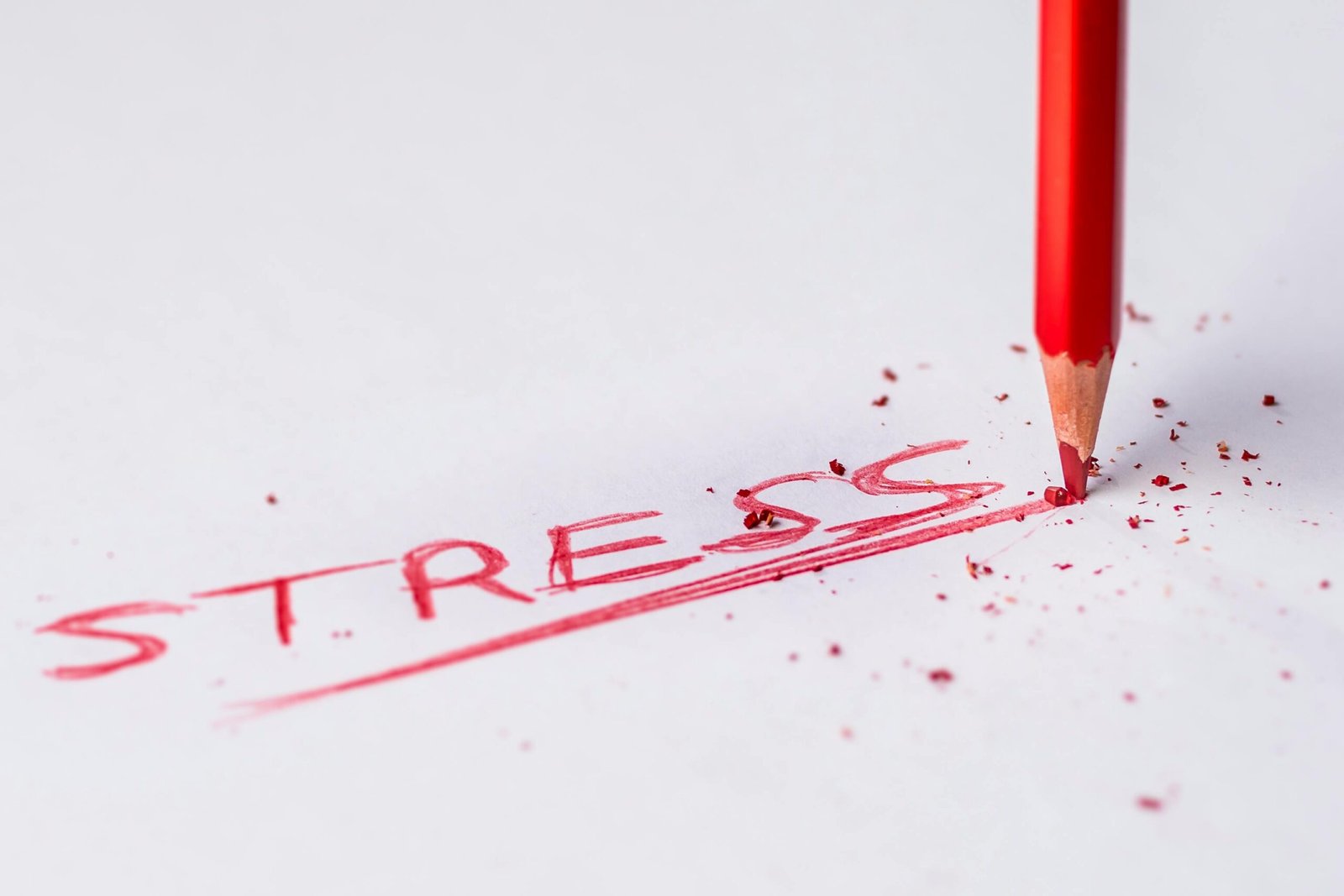Introduction
Culinary Art Healing is a creative and healing practice that uses the art of cooking and food symbolism as a medium for self-expression, emotional healing, and self-awareness. Unlike traditional culinary activities focused on nutrition or cooking techniques, this approach emphasizes the personal and emotional significance of ingredients, recipes, and preparation methods. Participants create symbolic recipes to represent life experiences, turning the act of cooking into a reflective and healing process.
This methodology fosters self-knowledge, reduces stress, enhances sociability, and boosts creative thinking, making it an effective tool for both personal growth and professional development.

Benefits
Promotes Emotional Exploration
Creating symbolic recipes encourages participants to reflect on and externalize emotions tied to specific life events, fostering deeper self-awareness and acceptance.Enhances Social Connection
Sharing personal recipes in a group setting opens up opportunities for meaningful conversations, empathy, and relationship building.Reduces Stress Through Creative Engagement
The sensory experience of working with food—selecting ingredients, preparing dishes, and presenting creations—provides a calming and mindful activity that helps participants release tension.Encourages Innovation and Adaptability
Translating abstract experiences into symbolic recipes challenges participants to think creatively, enhancing problem-solving skills and adaptability, which are valuable in both personal and professional contexts.
Steps to Practice
Set a Personal Intention
Begin by reflecting on a significant life event, emotion, or theme you want to explore. This could be a challenge, a period of growth, or a joyful memory.Select Ingredients with Symbolic Meaning
Choose ingredients that represent different aspects of the experience. For example, honey could symbolize sweetness during difficult times, while chili peppers might represent moments of intensity or transformation.Design the Recipe
Write out the recipe, assigning symbolic meanings to each step. For example, “gently stir in patience” or “let simmer to develop resilience.”Prepare the Dish
Engage in the process mindfully, focusing on the symbolism of each action. The tactile and sensory experience of cooking can help participants connect more deeply with their emotions.Reflect and Share
After preparing the dish, take time to reflect on the experience. In a group setting, participants can share their recipes and the stories behind them, fostering empathy and connection.
What to Expect in a Session
Introduction and Intention Setting
The session begins with participants reflecting on personal themes they want to explore. Facilitators introduce the concept of Culinary Art Healing and provide prompts to guide participants in selecting their themes.Ingredient Selection and Recipe Creation
Participants choose ingredients that resonate with their chosen themes and begin crafting symbolic recipes. Facilitators may offer creative prompts, such as “What ingredient represents your strength?” or “What flavor reflects your current state of mind?”Mindful Cooking
Participants prepare their dishes, focusing on the sensory and symbolic aspects of the process. The act of cooking becomes a meditative experience, allowing for emotional release and reflection.Sharing and Storytelling
Once the dishes are prepared, participants are invited to share their creations and the stories behind them. This encourages open dialogue, empathy, and mutual support within the group.Closing and Integration
The session concludes with a reflection on what participants learned from the process and how they can integrate these insights into their daily lives.
How This Approach Heals
Self-Knowledge
By selecting ingredients and creating recipes that symbolize personal experiences, participants gain a new perspective on their emotions and life events. This process helps uncover deeper layers of identity, fostering self-awareness and acceptance.
Sociability
Culinary Art Healing sessions promote sharing and dialogue in a supportive group environment. This interaction builds trust, empathy, and social confidence, helping participants feel more connected to others.
Stress Relief
The sensory nature of cooking—touching, smelling, and tasting—combined with the creative act of designing symbolic recipes offers a grounding and stress-relieving experience. Focusing on the process rather than the outcome encourages mindfulness and relaxation.
Work Productivity
Translating life experiences into symbolic recipes nurtures creativity and adaptability. These skills enhance participants’ ability to think outside the box, communicate effectively, and collaborate in professional settings.
Long-Term Benefits
Deeper Emotional Intelligence
Regular practice helps participants develop a habit of reflecting on their emotions and experiences, leading to greater emotional intelligence and resilience over time.Strengthened Social Skills
Sharing personal stories through food fosters lasting connections and improves participants’ ability to engage in meaningful conversations.Sustained Stress Management
The mindfulness cultivated during culinary art healing provides a sustainable tool for managing stress, promoting overall well-being.Enhanced Creativity and Communication
The practice of creating symbolic recipes strengthens participants’ creative thinking and storytelling abilities, which can be applied in both personal and professional contexts.Personal Empowerment
Turning life challenges into creative culinary expressions helps participants reframe difficult experiences, fostering a sense of empowerment and personal growth.
Related Workshops
RELATED POSTS

The Power of Focus: Unlocking Efficient Learning and Inner Peace
The Power of Focus: Unlocking Efficient Learning and Inner Peace

